About Cline Family Cellars
Cline Family Cellars is a family-owned and operated winery in Sonoma, California grounded in sustainability and passion for winemaking. One of the winery’s labels is Farmhouse, which I’ve tasted and thoroughly enjoyed.
Fred Cline founded Cline Family Cellars in Oakley, California in 1982, initially making wine from Mourvedre, Zinfandel and Carignane vines, some dating back to the 1880s.
In 1989, Cline acquired a 350-acre horse farm in Carneros and moved the winery operations to Sonoma County. Known as one of the original Rhone Rangers, Fred Cline planted Syrah, Viognier, Marsanne and Roussanne. Cline now also cultivates Pinot Noir, Merlot and Chardonnay in Sonoma County.
Grounded in Sustainability
Cline Family Cellars uses natural and sustainable Green String farming methods and its aim is to nurture the land and creating wines that reflect the region’s ecosystems. Developed by Fred Cline and soil manager, Bobby Cannard, the Green String farming method is a system that promotes and enhances biodiversity, biological cycles and soil biological activity. These methods minimize pollution from the air, soil, and water, and optimize the health and productivity of soil, plants, animals and people.
The Farmhouse names comes from the school house situated at Green String Farm in Petaluma, California. The school house houses the library and study room for students who come from around the world to learn Green String’s method of sustainable farming.
2017 Farmhouse White ($15)
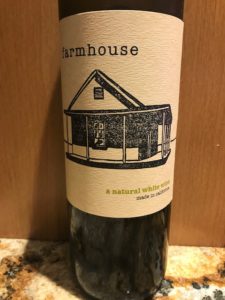 I paired this lovely light-to-medium bodied wine with spicy Thai food and it was a great match with just a tad of sweetness on the finish. The wine is bright and crisp with nice ripe citrus aromas and flavors. Farmhouse White is a blend of 45% Viognier, 40% Palomino, 11% Muscat Canelli and 6% Sauvignon Blanc.
I paired this lovely light-to-medium bodied wine with spicy Thai food and it was a great match with just a tad of sweetness on the finish. The wine is bright and crisp with nice ripe citrus aromas and flavors. Farmhouse White is a blend of 45% Viognier, 40% Palomino, 11% Muscat Canelli and 6% Sauvignon Blanc.
When selecting grapes for this wine, we were particularly conscious of the intensity of the fruit, the acid balance, and the characteristics each varietal offered to the blend as a whole. The final wine delivers bright, crisp flavors of tropical fruit and lime with a fresh, clean finish.
Color: Straw yellow
Aromas: Tropical fruit, sweet lemons/limes and honey
Body: Light to medium
Flavors: Meyer lemon, Asian apple, tropical fruit
Finish: Bright acidity, clean/crisp
2017 Farmhouse Red ($15)
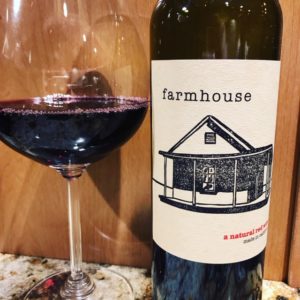 I paired this rich medium-to-full bodied wine with my very beefy Texas chili and it held up nicely to the spice. While it’s very food-friendly, I had a glass before dinner and it was enjoyable on its own with smooth tannins and great fruit.
I paired this rich medium-to-full bodied wine with my very beefy Texas chili and it held up nicely to the spice. While it’s very food-friendly, I had a glass before dinner and it was enjoyable on its own with smooth tannins and great fruit.
This easy drinking red blend, 48% Zinfandel, 39% Merlot, 5% Mourvédre, 4% Syrah, 3% Grenache and 2% Petite Sirah, is medium-bodied with boysenberry, tobacco and black-pepper flavors.
The wine has smooth tannins and luscious fruit.
Color: Dark purple-red
Aromas: Dark juicy berries, chocolate-covered cherry
Body: Medium to full
Flavors: Raspberry/blackberry, ripe cherry, black pepper, black licorice
Finish: Rich and flavorful with nice acidity
These affordable well-made wines are readily-available, so add a few bottles to your cellar for drinking anytime.
These wines were provided to me for sampling and I am adding them to my repertoire as they’re truly enjoyable.
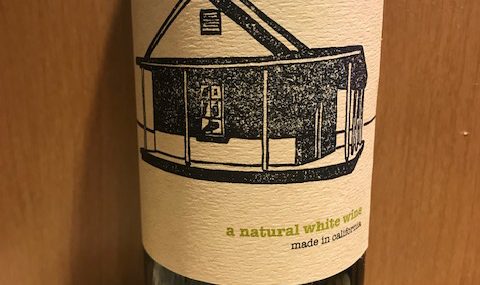
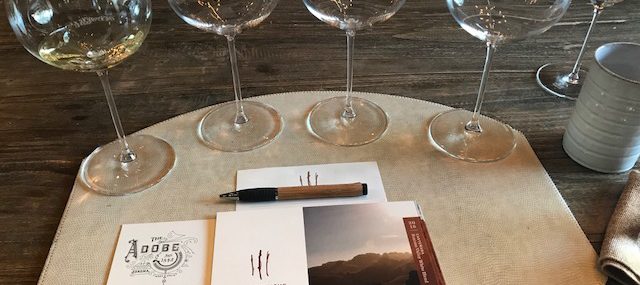
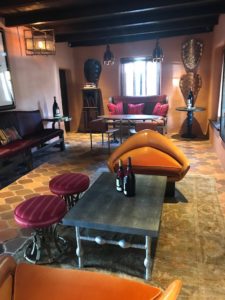
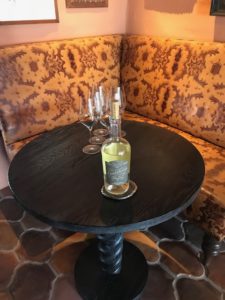
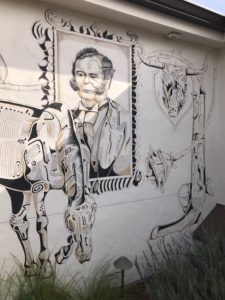
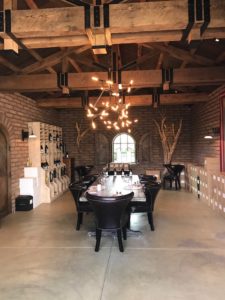
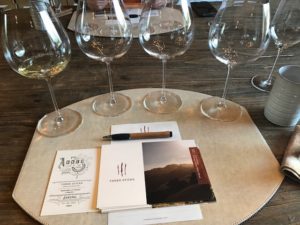
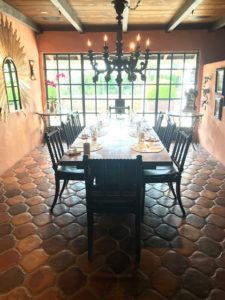
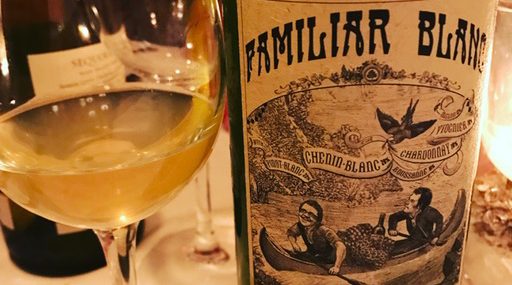
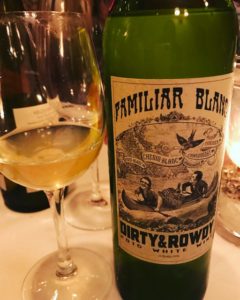 Check out the cloudiness of this baby in my photo – crazy stuff! Kitchen sink blend of aromas and flavors.
Check out the cloudiness of this baby in my photo – crazy stuff! Kitchen sink blend of aromas and flavors. 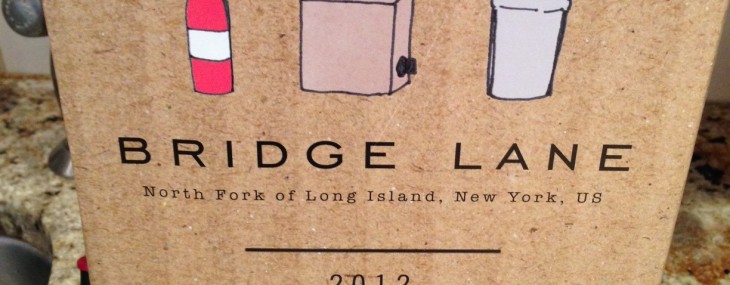
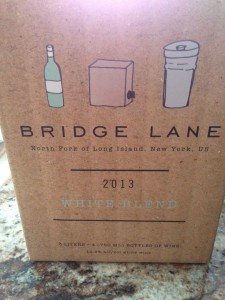
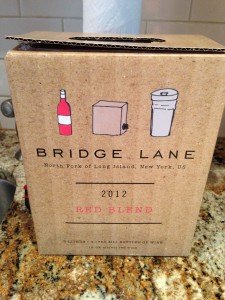


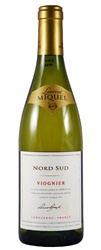




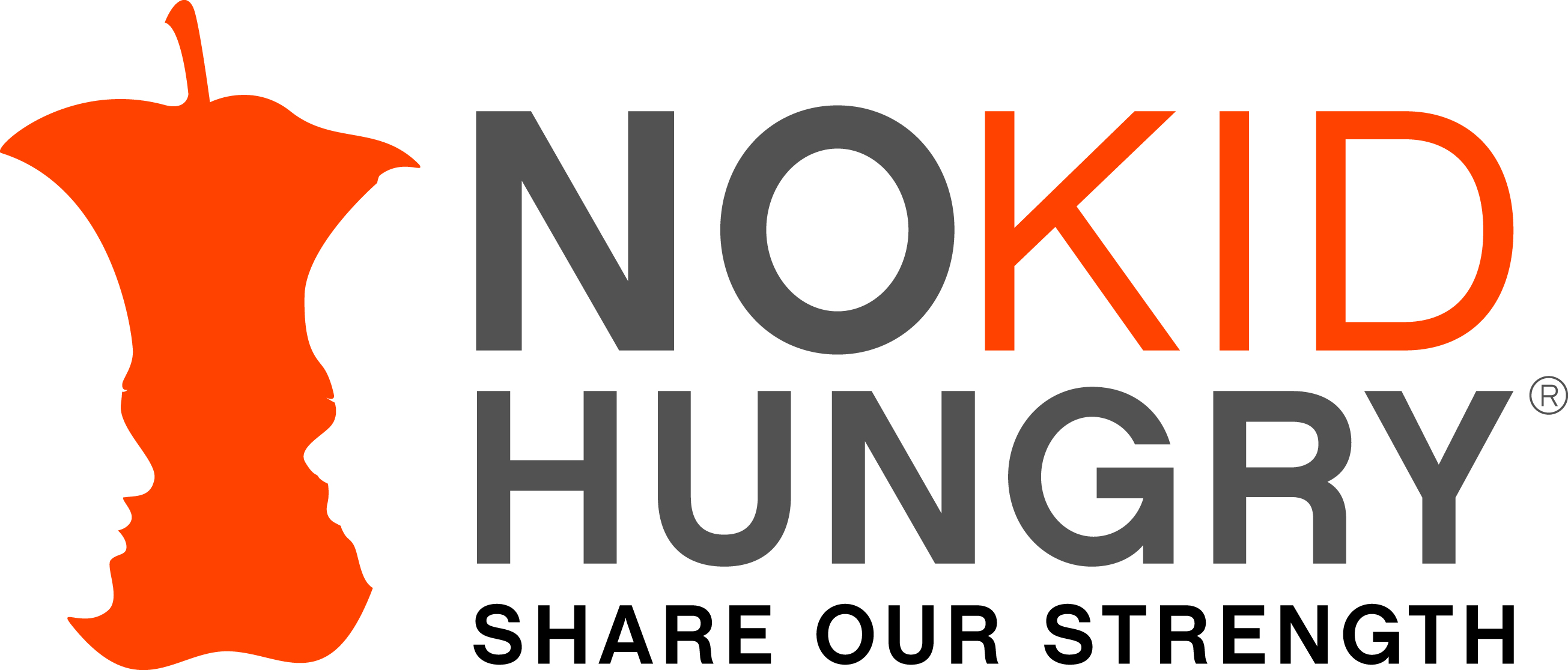

Recent Comments